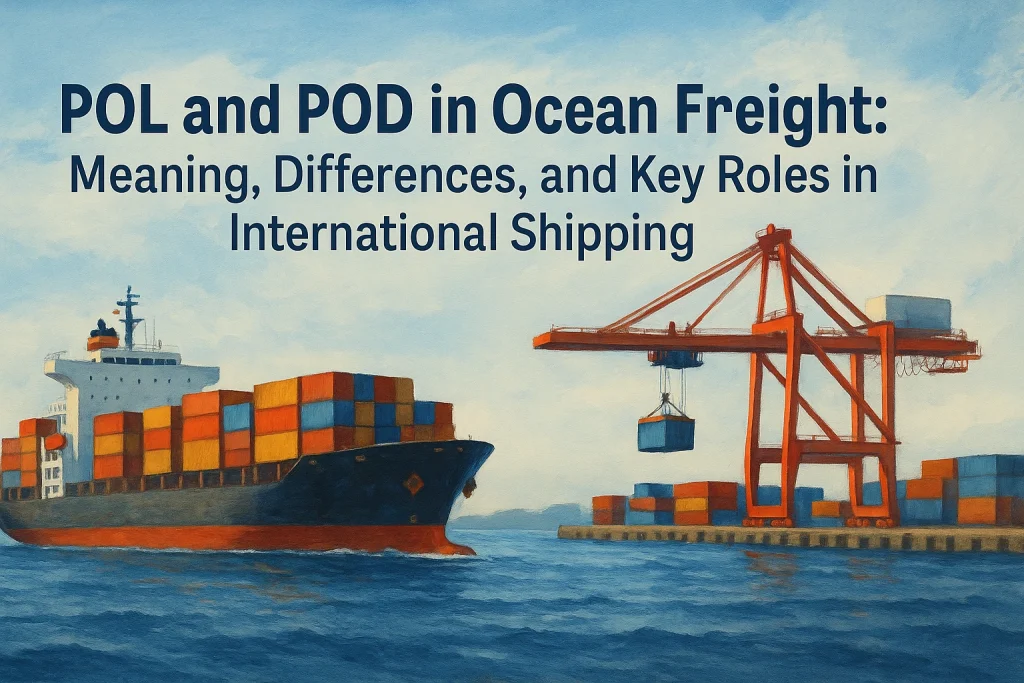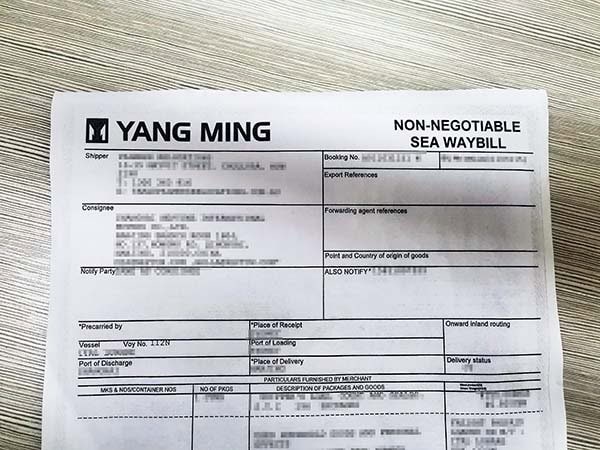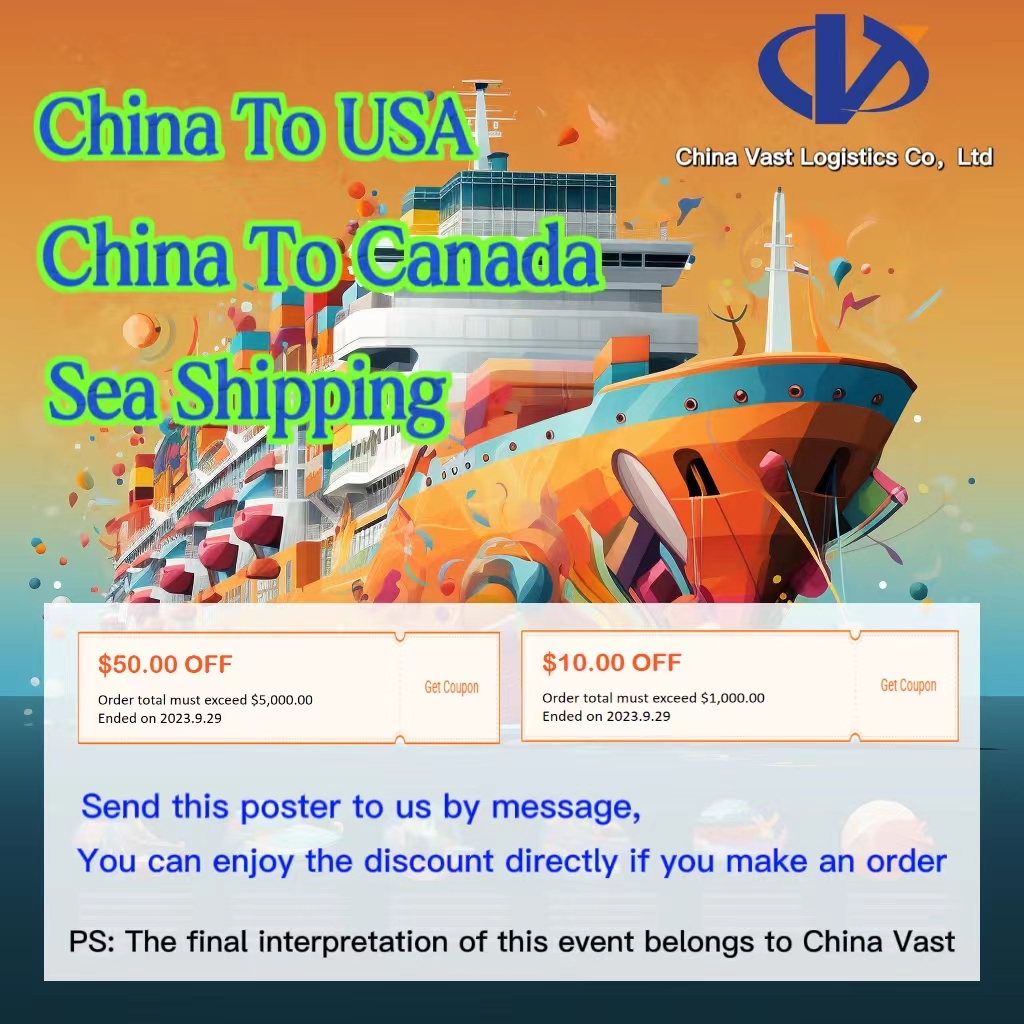POL and POD in Ocean Freight: Meaning, Differences, and Key Roles in International Shipping

POL and POD in Ocean Freight: What They Mean and Why They Matter In international ocean freight shipping, the terms POL and POD are essential for understanding the movement of cargo from origin to destination. These terms indicate the main loading and unloading ports used during transportation, and they play a critical role in how […]
In Export Trade: Must the Bill of Lading Consignee Be the Contract Party?

In international trade, the consignee listed on a Bill of Lading (B/L) represents the actual recipient of the goods — the party entitled to take delivery at the destination port. The contract party, however, refers to the buyer who signs the sales contract with the exporter. So, must the consignee always be the same as […]
How to Read an Ocean Bill of Lading (B/L)

A bill of lading (B/L) is one of the most important documents in international shipping. It serves as a receipt for the goods, a document of title, and a contract of carriage between the shipper and the carrier. Understanding how to read it is essential for smooth logistics operations. Below is a breakdown of the […]
Can a Bill of Lading Be Amended After the Vessel Has Sailed?

The bill of lading (B/L) serves as a crucial document of title in international shipping and, in principle, should not be altered once issued. However, in real-world operations, situations may arise that necessitate amending certain elements of the B/L—even after the vessel has departed. If any of the following issues occur, it is essential to […]
Consignee vs. Notify Party: Understanding the Distinction in International Shipping

In international freight documentation, particularly the Bill of Lading (B/L), two critical roles often cause confusion: the Consignee and the Notify Party. While they may sometimes be the same entity, understanding their distinct functions is essential for smooth logistics operations. 📦 What Is a Consignee? The Consignee is the party legally entitled to receive the […]

